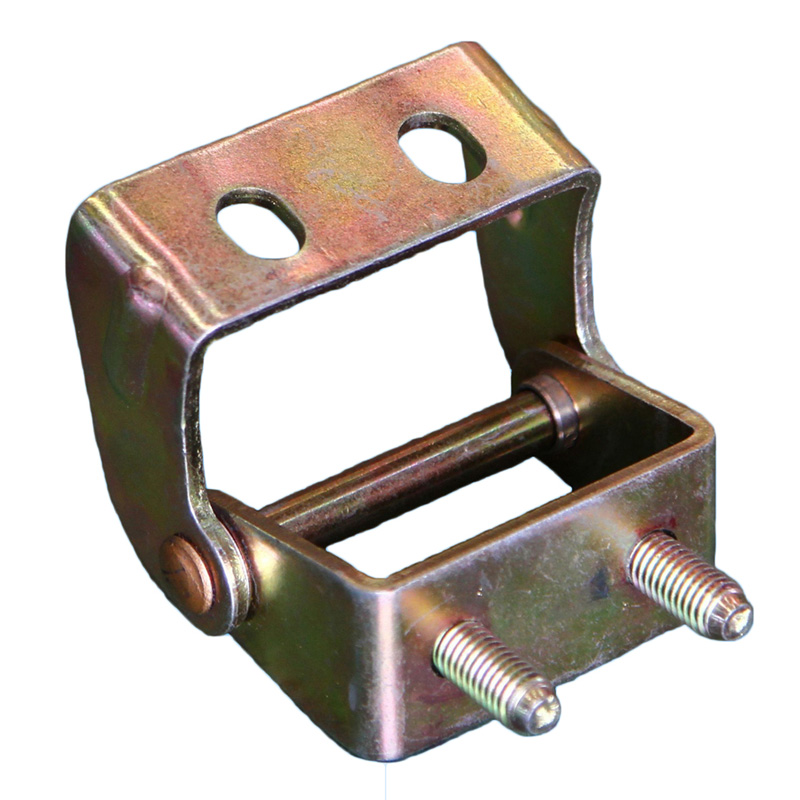A wide variety of materials can be used for stamping parts, depending on the specific requirements of the application. Some common materials include:
Steel: Steel is one of the most commonly used materials for stamping due to its strength, durability, and affordability. Different types of steel, such as carbon steel, stainless steel, and alloy steel, can be used depending on the desired properties of the stamped part.

Aluminum: Aluminum is lightweight, corrosion-resistant, and easily recyclable, making it suitable for a wide range of stamped parts, especially those requiring reduced weight or resistance to corrosion.
Copper: Copper is valued for its excellent electrical conductivity and thermal conductivity, making it suitable for stamped parts used in electrical components, heat sinks, and plumbing applications.
Brass: Brass is an alloy of copper and zinc, offering good corrosion resistance, machinability, and aesthetic appeal. It's commonly used for decorative stamped parts, as well as components requiring high wear resistance.
Bronze: Bronze, an alloy of copper and other metals such as tin or aluminum, is known for its strength, corrosion resistance, and wear resistance. It's often used for bearings, bushings, and other mechanical components.
Nickel and Nickel Alloys: Nickel and nickel alloys offer excellent corrosion resistance, high temperature resistance, and electrical conductivity, making them suitable for stamped parts used in harsh environments or requiring specialized properties.
Titanium: Titanium is valued for its high strength-to-weight ratio, corrosion resistance, and biocompatibility. It's commonly used in aerospace, medical, and marine applications where lightweight, durable stamped parts are required.
Plastics: Certain plastics, such as ABS, polycarbonate, and polypropylene, can also be stamped to create lightweight, cost-effective parts for various applications, including automotive, electronics, and consumer goods.
These are just a few examples, and there are many other materials available for stamping parts, each with its own unique properties and suitability for different applications. The choice of material depends on factors such as mechanical properties, corrosion resistance, electrical conductivity, thermal conductivity, cost, and aesthetics.

